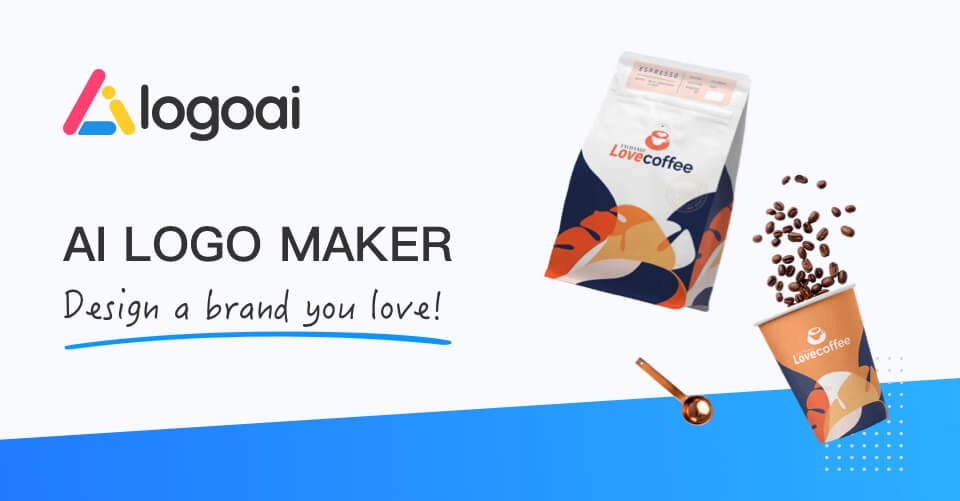- (The) Secret Sales Pro
- Posts
- Objection Obliteration
Objection Obliteration
Mastering the Art of Handling Client Concerns


In the fast-paced world of sales, objections are a natural part of the game. Prospects raise concerns, question your offerings, and sometimes it can feel like they're throwing up roadblocks on your path to closing the deal. But fear not, Sales Pros! Objections aren't roadblocks – they're opportunities. They're valuable insights into your prospect's needs and a chance to demonstrate your expertise and value proposition.
This guide equips you with the tools and strategies to transform objections from potential deal-breakers into stepping stones towards success. Master the art of objection obliteration and watch your conversion rates skyrocket!
Why Objections Matter
Objections are a sign of engagement. A prospect who doesn't raise any concerns might not be fully invested in exploring your solution. Objections indicate the prospect is actively considering your offer, but has some reservations. By effectively addressing these concerns, you can bridge the gap and move them closer to a "yes."
The Modern Objection Landscape
Today's sales landscape is constantly evolving, and so are the objections you'll encounter. Here are some key trends to consider:
Tech-Savvy Buyers: Prospects are increasingly well-informed, conducting thorough research online before engaging with sales reps. Be prepared to address concerns based on competitor offerings or industry trends.
Focus on Value: In today's competitive market, simply highlighting features isn't enough. Objections will likely centre on demonstrating the specific value your solution brings to the prospect's business.
Data-Driven Decisions: Decision-makers often rely on data to back their choices. Be prepared to present data-driven insights that address cost-saving potential, ROI, or other quantifiable benefits.
The Objection Obliteration Framework
Here's a step-by-step framework to transform objections from hurdles to highlights:
Active Listening: This is the foundation of objection handling. Listen intently to the objection, avoid interrupting, and acknowledge the prospect's concern.
Clarification: Don't assume you understand the full scope of the objection. Ask clarifying questions to ensure you're addressing the root cause of the concern.
Empathy: Show empathy for the prospect's situation. Let them know you understand their perspective and validate their concerns.
Solution Presentation: Now, link your solution directly to the addressed objection. Highlight how your offering resolves their concern and provides tangible benefits.
Social Proof: Leverage data, case studies, or testimonials from satisfied clients to bolster your claims and demonstrate the effectiveness of your solution.
Confirmation: Once you've addressed the objection, seek confirmation from the prospect. Ask if your explanation has been helpful and if they have any further questions.
Actionable Tips for Mastering Objections
Anticipate Common Objections: Be prepared for the most frequent objections in your industry. Develop and rehearse clear, concise responses that showcase your value proposition.
Embrace the "Yes, And" Technique: Acknowledge the validity of the objection ("Yes, I understand your concern about...") and then pivot to highlight how your solution addresses it ("And here's how our offering provides...").
Focus on the Future, Not the Past: Don't get bogged down in lengthy explanations about competitor features. Focus on how your solution uniquely positions them for future success.
Turn Objections into Opportunities: Objections can reveal valuable insights into a prospect's needs. Use them to tailor your sales pitch and create a more compelling case for your offering.
Objection Obliteration in Action: Examples for 2024
Here are some real-world examples of common objections and how to address them in the context of the ever-changing sales landscape:
Objection: "Your solution seems expensive compared to competitors."
Response: (Acknowledge & Emphasize Value) "Yes, I understand cost is a major consideration. However, our solution focuses on long-term ROI. By streamlining your processes and increasing efficiency, you'll see significant cost savings over time. Additionally, features like [mention unique feature] provide a clear competitive advantage that justifies the investment."
Objection: "We're already happy with our current vendor."
Response: (Emphasize Differentiation & Focus on Future) "Thank you for letting me know. It's great that you have a trusted vendor in place. However, the industry landscape is constantly evolving. Our solution offers cutting-edge features like [mention unique feature] that can help you stay ahead of the competition and ensure you're not left behind. Perhaps we can schedule a demo to show you how our solution can complement your existing setup?"
Objection: "I need to check with my boss/manager first."
Response: (Acknowledge & Offer Support) "Absolutely, that's perfectly understandable. Would you like some information brochures or a case study I can share with your manager to help them understand the benefits of our solution?"
Objection: "We're not currently looking to make any changes."
Response: (Focus on Value & Timing) "No problem at all. Change can be disruptive, and I respect your decision. However, I would be remiss if I didn't mention that [mention a current industry trend or pain point]. Our solution can help you address these challenges and position your business for future success. Perhaps we can stay connected and revisit this conversation in a few months?"
By following these objection obliteration techniques, you can effectively address customer concerns and move them closer to a buying decision.
This post contains references to offerings from one or more of our partners also called affiliate links. We may receive compensation when you click on links to and/or purchase or make use of those offerings. None of these offerings include any additional cost to you.s


Reply